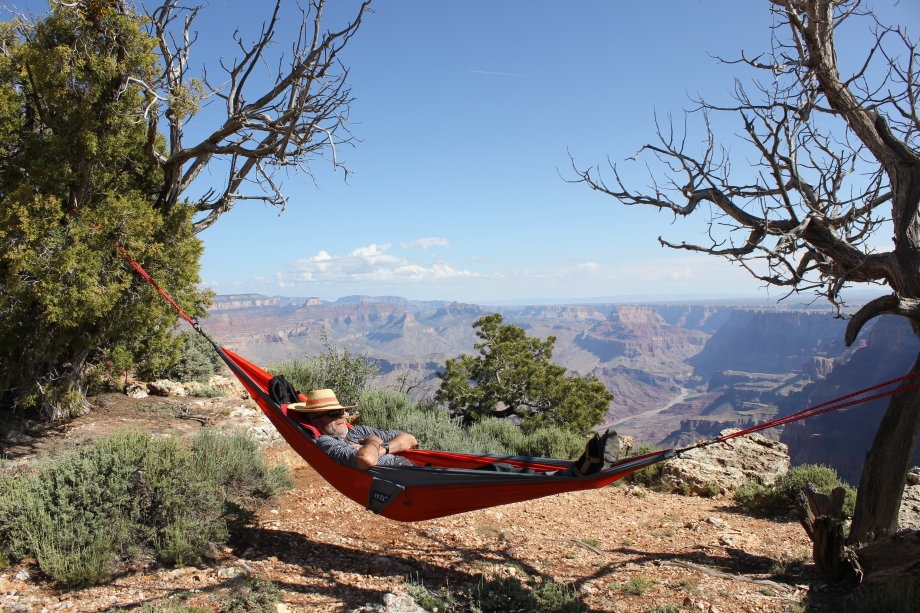Many years ago one of my Tibetan teachers answered my question about the meaning of profound emptiness (shunyata) by looking at me with a sly twinkle and saying, “Shunyata is relax!”
Relaxation
Stress and overwhelm seem as ever-present as our longing for effective relaxation. Many habits and methods promise to lead to relaxation, and some really do. Sometimes we are surprised by the way others find relaxation, e.g., by mowing the lawn. Are there any deeper truths we can point to, something we all share? During my years of working in this field I’ve come to believe that it’s very important for us to understand an important natural mechanism that regulates relaxation on a biological level: that is the powerful workings of the sympathetic and parasympathetic branches of our autonomic (i.e., self-regulating, involuntary) nervous system.
Our Nervous System
There are two main branches of our autonomic nervous system, the sympathetic and the parasympathetic. If we know these two tendencies well and if we can notice them at work in our bodies and minds, we have a strong support for real relaxation and deep recovery. But these two systems function on their own terms and not necessarily accordingly to our schedule.
If we notice that our relaxation and recovery are not really sufficient, it can be very useful to look deeper into these modes to find out which life conditions contribute to the vigor and rest we are looking for. Then we can schedule parasympathetic moments into our days and enjoy the phases of up and down time along the way.
Two Strong Opponents
The sympathetic nervous system regulates many automatic functions that ensured the survival of our ancestors. It stimulates our fight-flight activities and allows for short times of high activity if necessary. The parasympathetic nervous system is mostly its antagonist. It produces calming, digestion, sleep, and similar regenerating functions.
Our Life’s Design
Our way of life is often driven by outer requirements and personal responsibilities. Not seldom, relaxation, digestion, regeneration, and sleep need to find enough time in the gaps of our days. If we can allow again and again for some space in which we can take a breath, calm down or even recover, then a good, healthy balance of both of these opponents is possible.
Balance and Resilience
Often we think that we need to start doing things in order to come back into balance. But observation shows that balance happens naturally as things are left undisturbed for some time. Things that are left as they naturally are tend to find a way back to equilibrium. Although it’s certainly good to have exercises for relaxation and regeneration, it can also be very effective, for example, to sit down in a garden and to just notice nature as it is.
In the beginning it can feel impossible to schedule time for “parasympathetic breaks,” but doing it can allow for beautiful moments in openness and “simple being.” If these breaks become habits we gain resilience. Some of us might be “adrenaline junkies” and just feel we can’t, we won’t, we just aren’t wired to relax, no matter how good we think it might be. In this case, we need to be smart. There is a parasympathetic system inside us that is waiting to flower, too.
Relaxation and Regeneration
After a long period of difficulty we might notice how we pass through such phases of calming down again. After a rough week we slowly relax into the weekend and after passing a difficult exam we might sleep more than usual. The longer the duration of the challenge has been and the more stressful it was, the stronger our need will be for recovery. For a long time our nervous system can sustain heightened activity, but at a certain point (that is different from person to person), this curve breaks and we experience weakness, burnout, and even disease. This applies to everyone.
Our parasympathetic nervous system can be our perfect ally in calming down and effectively recovering. The little breaks during the day, the “celebrated calm evening” after a long day, a relaxing weekend and much more. In German we have our Feierabend. That means something like “celebrating evening.” It means work is over and the time of calming and nourishing recovery begins until we fall asleep at night. Even if we are active doing something we enjoy, love, and long for, the mode of doing is relaxing and slow. Feierabend is not the time for revving up our system to get leftover projects done and starting new ones. Feierabend is for deep bodily enjoying with the knowledge that the freshness that can result the next day will be perfect for starting anything new.
The better we can balance our inner equilibrium, regain and maintain it, the more effectively and efficiently we can act. This enables us to stay within the range of our resilient zone, to form a homing instinct for it and to find it again and again.
Meditation and Relaxation
On the one hand, many meditative techniques are seen and offered as methods for relaxation, and on the other hand, meditation is much easier if the mind and body are somewhat relaxed already. It’s a bit as if a relaxed mind and body have a natural instinct to enter meditation and move along the many different paths, states and experiences that are naturally part of meditative approaches. To apply effort to meditate can feel paradoxical. A tense and very active mind and body have some way to go to reach the ability to let go and “just be.” And to experience meditation usually follows from there.
This is the place in which somatic methods of relaxation such as Yoga, Tai Chi, autogenetic training, and many more meet meditation or other mind-based approaches. And a trained mind can use meditation to relax the mind and the body.








Leave a Reply